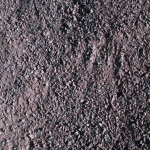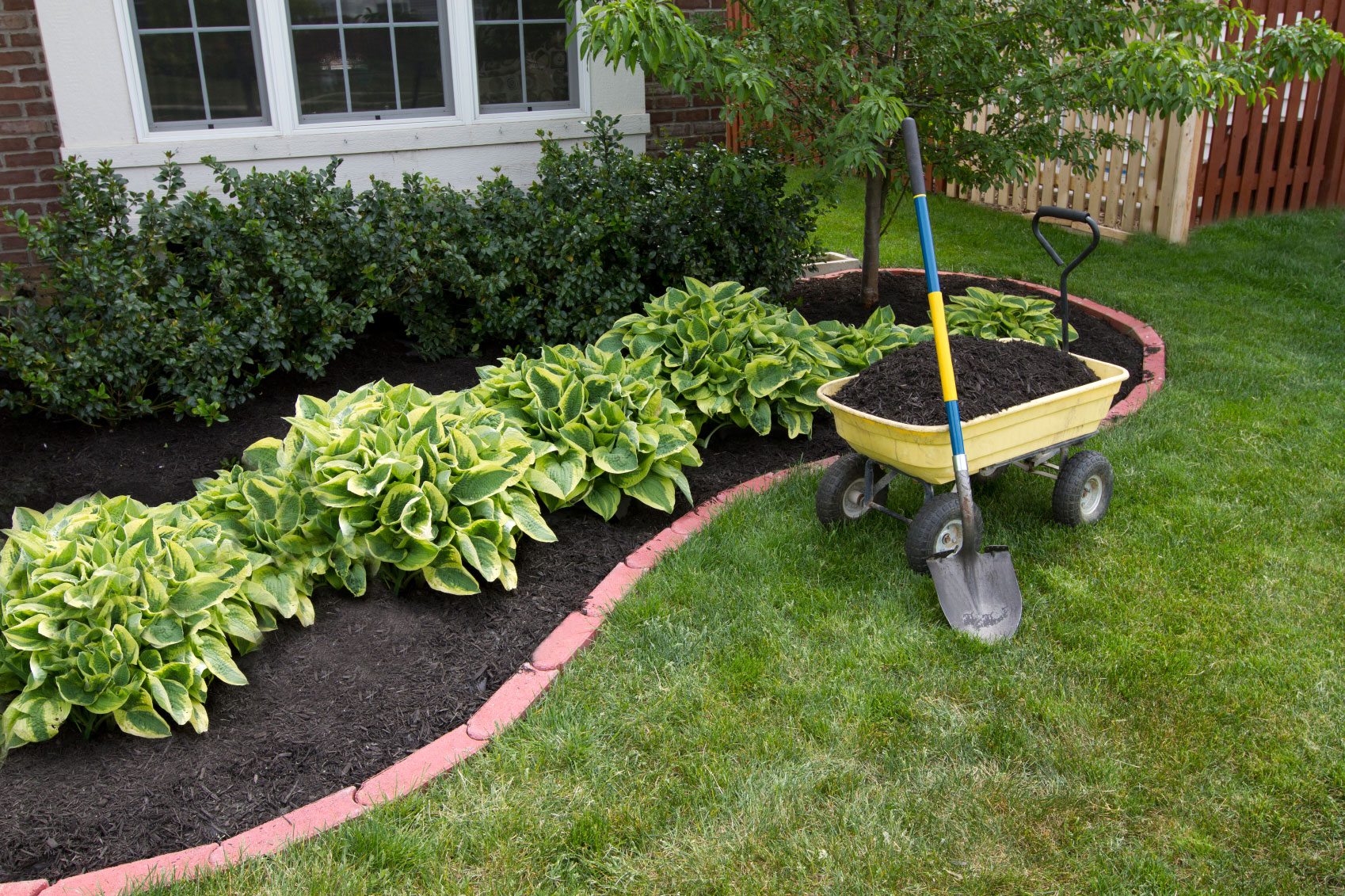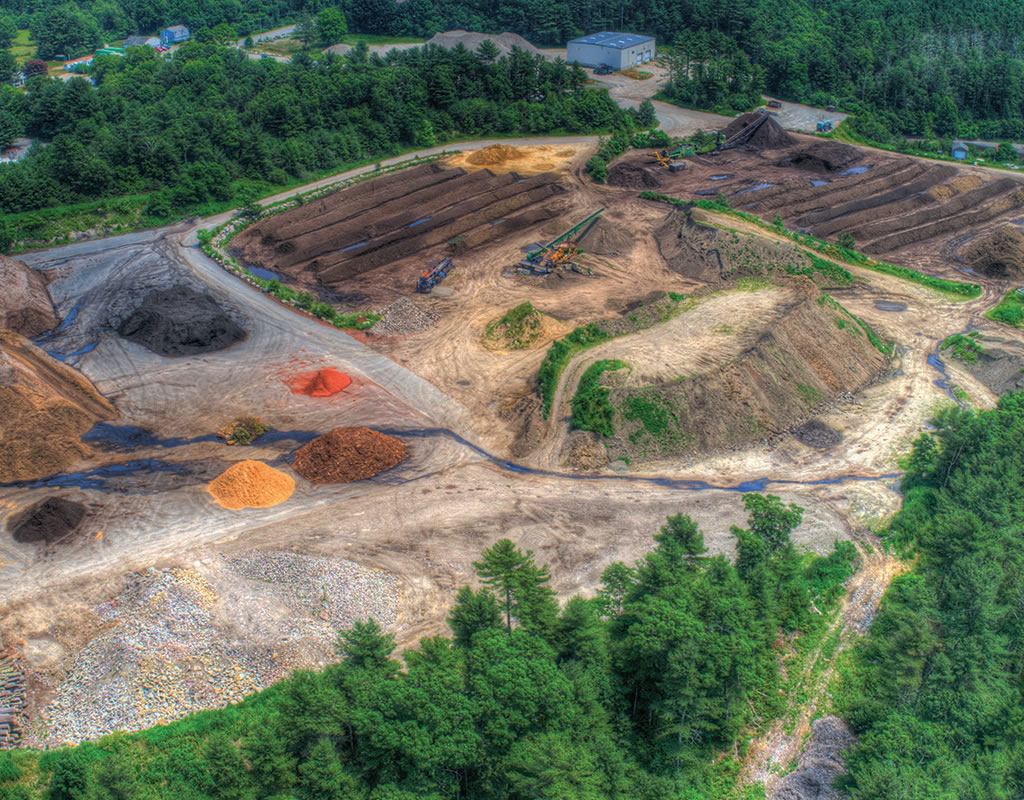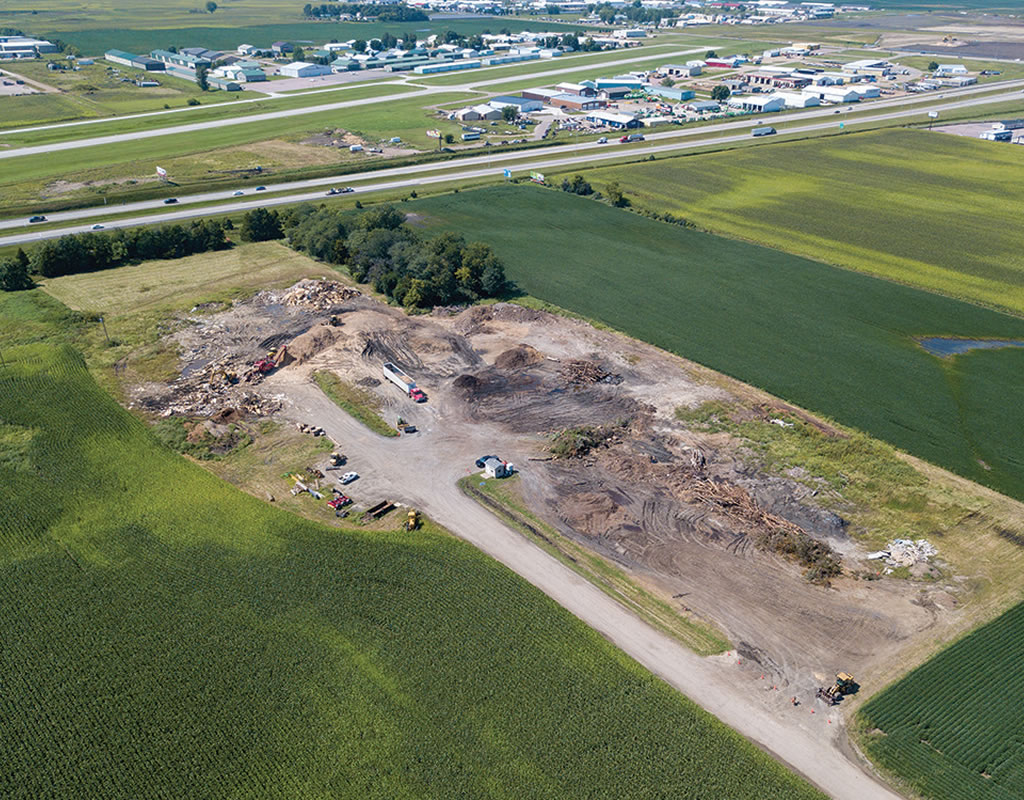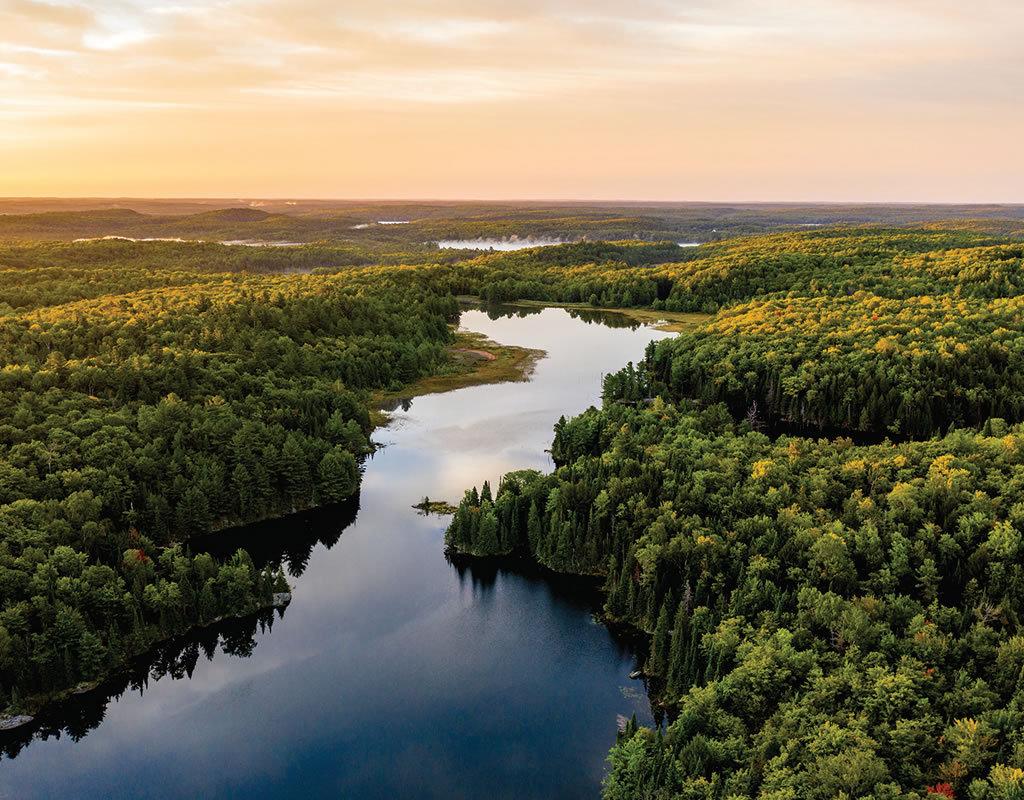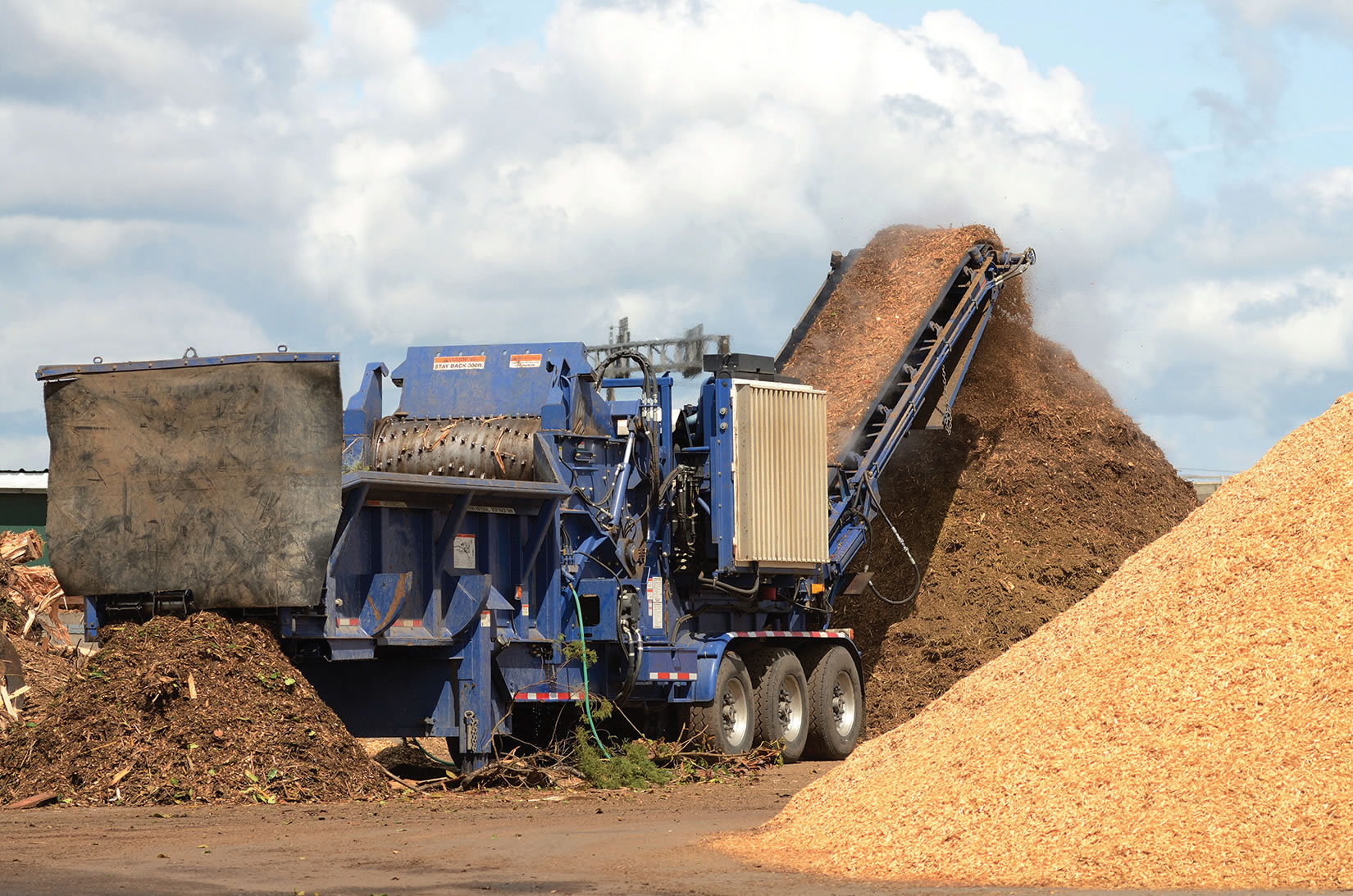By Ken McEntee
Dry hot weather combined with indoor smoking bans create the ideal conditions for fires in mulched landscape beds. Such fires are on the rise across the country.
“There seems to be a recent blossoming of local news reports relative to mulch fires in the planting beds of homes and businesses,” noted Robert LaGasse, executive director of the Mulch and Soil Council, the Shallowater, Tex.-based trade association that represents producers of mulch, potting soil and growing media.
“The main culprit is carelessly discarded smoking materials. People can’t take their cigarettes inside a building, so they throw then into a plant bed before they go in.”
In local news reports, fire officials generally agree with LaGasse, frequently attributing burning cigarettes flipped into mulch beds as the cause of fires that have spread to damage homes and commercial establishments. In some cases, however, fire officials have publicly cited spontaneous combustion as the causes of mulch fires, an explanation that LaGasse describes as – to paraphrase it more politely - “steer manure.”
“Spontaneous combustion cannot happen in a four inch layer of wood mulch,” LaGasse said. “When fire officials make comments like that in the media, it is very concerning because it can leave mulch producers vulnerable to claims of insurance damages for things that simply cannot happen.”
Spontaneous combustion, he said, can occur in mulch piles that are at least 25 or 30 feet high, but very rarely in smaller piles.
“You have to have the right conditions for spontaneous combustion to happen,” LaGasse said. “The air flow in the pile has to be disturbed and the moisture level has to be disrupted. Very rarely does that happen in a pile that is less than 25 feet high, and a four-inch layer in a plant bed hasn’t got a prayer. The physics are not there.”
However, Joseph Thomas, fire marshal for the state of Maine, insisted that spontaneous combustion has caused about “a dozen” mulch fires this year in Maine alone.
“They are perfectly welcome to come up here and look at our circumstances,” Thomas said, responding to LaGasse’s comments. “We report what we see at the incident.”
When asked how fire officials can be certain that a mulch fire had been caused by spontaneous combustion, as opposed to a cigarette or a match, Thomas said, “Because during overhaul the (fire) departments have actually gone through every bit of the materials to see what might have been the sources of the ignition in there and they find nothing. So that kind of narrows it down real quick. We know which fires were smoking related because evidence is left behind.”
LaGasse argued that a match or a filterless cigarette could start a mulch fire then can be burned up, leaving no evidence. Some fire experts agreed.
“That isn’t the greatest analysis,” Michele Steinberg said of Thomas’ explanation. Steinberg is the Firewise Communities support manager for the National Fire Protection Association (NFPA), which collects fire incident data and creates fire and electrical safety codes and standards. “I’m not a fire marshal, so I don’t have the authority to speak to that. But when we collect data, we don’t want people to say it was ‘probably a cigarette’ or whatever. That’s when people start to speculate and say if we couldn’t find a cause it must have been spontaneous combustion.”
Craig Beyler, technical director emeritus for Baltimore-based Jensen Hughes Inc., an international fire protection engineering and consulting firm, agreed.
“From a fire investigation point of view, to say spontaneous combustion is the cause because you can’t find anything else is forbidden,” Beyler said. “You can’t do it that way.”
Yet news reports this year have been filled with fire officials’ conclusions that fires that began in plant beds were caused by spontaneous combustion. LaGasse said he is aware of at least a dozen.
For example, in a June 25, 2016 report in the Portland Press Herald, Thomas noted that although careless disposal of cigarettes seems to be the main culprit causing mulch fires in plant beds, local chiefs sometime contact him to ask whether any bark mulch has been recalled because of spontaneous combustion. In the same new story, Augusta, Maine Fire Chief Roger Audette told the Press Herald that his fire department responds to 60 t0 70 smoldering bark mulch calls per year, and is considering whether to propose a city ordinance to make businesses pay to extinguish a mulch fire.
Reporting on a June house fire in Seabrook, N.H., Seacoast Online quoted Seabrook Fire Chief Bill Edwards to say, “Mulch can become dry as it decomposes and ignite on its own as it heats up.”
In the report, Edwards said he planned to approach the town about adding an ordinance to require that mulch be placed no closer than 18 inches from buildings to prevent mulch fires from damaging homes.
Reporting on a July fire at an East Kingston, N.H. restaurant, the New Hampshire Union Leader quoted East Kingston Fire Chief Ed Warren to say, “Mulch can sometimes heat up and spontaneously combust.”
Neither Edwards nor Warren responded to repeated requests to elaborate on their comments about spontaneous combustion.
LaGasse said he was confused about Thomas’ explanation about mulches that can spontaneously combust.
“Some of the mulches that we see that do (spontaneously combust) are not treated,” Thomas said. “They are actually remnants from different places throughout the state where people get them from the wood industry. They are not formally manufactured. They are leftover bark and chips and things that are left over from the logging processes. People use those materials in lieu of actually manufactured and treated mulch. So we have two environments going on at the same time.”
“Treated with what?” LaGasse responded. “And it’s all forest products residue. There is no flame-retardant treatment, if that’s what he’s talking about, because it wouldn’t stick to the mulch. As an industry, we’re going to have to start with the fire marshals and see if we can educate them and give them the right information.”
Although there is a significant research available about fires in mulch fires, and some research about fires ignited in mulched landscaping beds, no publicly available research could be found about spontaneous combustion in plant beds.
In 2003, researchers at The Ohio State University (OSU) published The Ease of Ignition of 13 Landscape Mulches, for which they ignited 13 organic and inorganic mulches with cigarettes, matches and a propane torch to measure how easily they would ignite. However, according to Laura Deeter, a professor of agriculture at OSU, a national research database reveals no research about spontaneous combustion of mulch other than in large piles.
In 2011, Beyler and two colleagues at Hughes Associates – a forerunner of Jensen Hughes - released a study of the ignition and spread of a variety of landscape mulch materials in beds while developing a test protocol to measure mulch related fire hazards. Although spontaneous combustion was not a part of Beyler’s research, he said “very weird conditions” would have to be present for it to be possible.
“We’re talking something like a glass bottle laying on the ground and focusing sunlight onto one spot and generating enough heat to ignite the mulch,” he said. “When a 20-foot pile of mulch starts on fire it’s because you have a very high temperature inside, insulated by a lot of mulch around it that won’t allow the heat to escape. To ignite a layer of mulch two inches deep, the temperature would have to be even hotter, because there is nothing to trap the heat. I can’t point to any research to confirm it, but I’d have to say the conditions that would cause spontaneous combustion on a layer of mulch would have to be extraordinary.”
Steinberg said it is “extremely unlikely” that mulch beds would spontaneously combust. However, she noted – and LaGasse agreed – that mulch is combustible with an ignition source like a cigarette. That, she said, is why it is wise to keep it a safe distance away from a home – especially in areas in reach of wildfire embers.
“That doesn’t mean you shouldn’t use organic mulch,” she said. “But you probably don’t want it touching siding or something that can ignite.”
Despite the growing reports of fires starting in landscape mulch, Kip Diggs, a media specialist for State Farm Insurance, said “it isn’t something that is a big issue with us.”
Loretta Worters, vice president of communications for the Insurance Information Institute (III), the voice of the property and casualty insurance industry, said wildfires have been a major concern of the insurance industry, but spontaneous combustion of mulch has not. However, she said, in response to Thomas’s remarks about spontaneous combustion, “That is an interesting situation because the ramifications to the mulch industry can be very severe.”
That, LaGasse said, is why it’s important to head off potential problems by correction misinformation.
“Blaming a bed of mulch for catching on fire is kind of like blaming a car for a drunk driver,” he said. “We are trying to get out in front of this issue before some insurance company files a claim. It’s an easy out for somebody to blame our products for something that cannot happen.”
Related News
Subscribe Today
Every other month, Soil & Mulch Producer
News brings you important stories about:
• New Technology
• Products
• Industry News
• Research Studies
Soil & Mulch Producer News features articles and services relevant to your daily operations.




